How Does the Winged Keel Work?
The winged keel is a type of keel that features lateral wings on either side of the main keel. It's a perfect choice if you're looking for a sailboat that can handle shallow waters with ease. But how does a winged keel actually work? In this article, we'll take a closer look at the science behind this design and explain how it helps reduce drag and improve performance on the water.
The winged keel works by using a series of wing-like structures on the bottom of the keel to create lift. As the boat moves through the water, the wings generate lift, which reduces the amount of drag. This allows the boat to move through the water more efficiently, leading to faster speeds and better performance.
One advantage of the winged keel over other types of keel, such as the fin keel, is that it can provide better performance in light winds. It can also provide better maneuverability, as the reduced turbulence in the water can make it easier to turn the boat. Below, we'll also compare and contrast winged keels with other types of boat keels.
Summary
- The wings of a winged keel create lift by accelerating air over the outer edges of the wings, which creates a pressure differential and helps to counteract the heeling force of the wind on the sails.
- The wings of a winged keel lower the boat's center of gravity and create vortices that stabilize the boat and generate a righting moment to keep the boat upright.
- The lateral wings increase the boat's righting moment, which helps keep the boat upright in heavy winds, but they can also increase the boat's leeway.
- The wings of the winged keel act like winglets on an aircraft, increasing the keel aspect ratio and reducing lift-induced drag.
- The winged keel design has some drawbacks, such as reduced pointing ability and higher drag, which result in worse overall performance if compared to the fin keel.
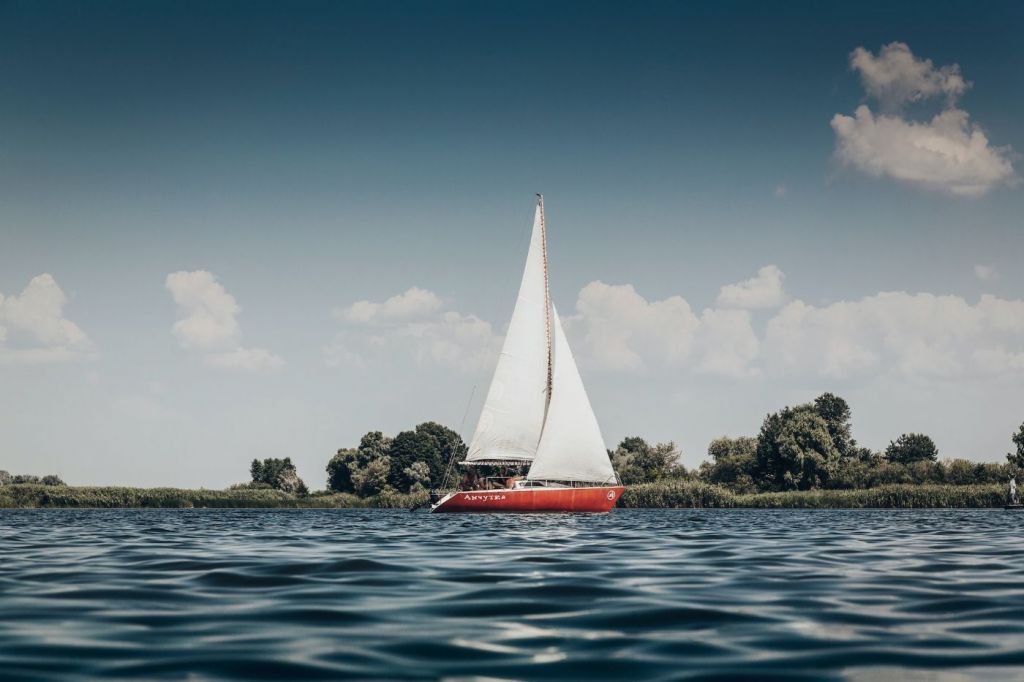
On this page:
Working Principle Of Winged Keels
The winged keel is essentially a horizontal foil that extends from the bottom of the boat, providing an additional effective span. The lateral wings of the keel, or "wings," are of moderate aspect ratio and form a nearly horizontal foil.
Each wing acts as a winglet, effectively increasing the keel aspect ratio and thus reducing the lift-induced drag. The following explains how winged keels actually work:
The wings create lift and pressure
The wings of a winged keel work on the same principle as airplane wings. As the boat moves through the water, the wings create lift by accelerating the air over the outer edges of the wings, which creates a pressure differential.
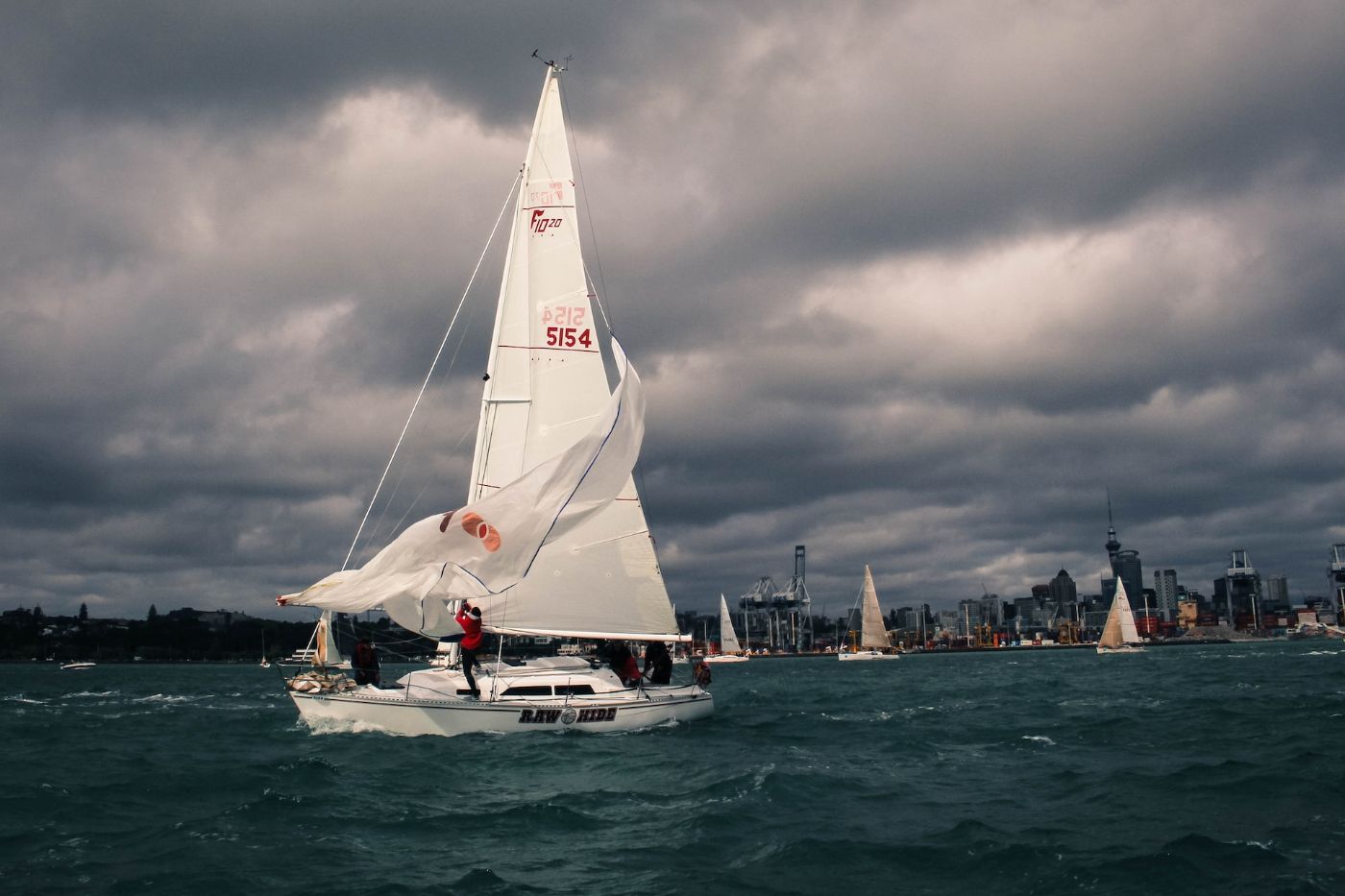
The pressure on the windward side of the keel is lower than the pressure on the leeward side, which creates lift. This lift helps to counteract the heeling force of the wind on the sails.
The wings of a winged keel also provide stability and ballast
The mass of the wings helps lower the boat's center of gravity, which makes it more stable. The wings also create vortices that help stabilize the boat.
As the water flows over the wings, it creates turbulence, which creates a righting moment that helps to keep the boat upright.
The horizontal wings provide an efficient shape that reduces drag
The wings enlarge the keel's surface area, which allows the keel to be shallower than a fin keel on a boat of the same size. This reduces the keel's draft, which makes it easier to navigate shallow water.
The winged keel also reduces the tip vortex that forms at the end of the chord, which reduces drag and increases efficiency. To have a general understanding of how keels work, you can refer to this article.
The Design And Functionality Of Winged Keels
The winged keel is a unique keel design that has been used in sailing boats since the 1980s. The design is based on the principle of reducing drag and increasing efficiency, especially in shallow waters.
The winged keel consists of two lateral wings that are attached to the bottom of the keel. The wings are of moderate aspect ratio, forming a nearly horizontal foil at the bottom to provide additional effective span, in the same way as the winglets on an aircraft. Each wing acts as a winglet, effectively increasing the keel aspect ratio, therefore reducing the lift-induced drag.
The winged keel design is especially useful when sailing in shallow waters, such as lakes, where water levels are getting lower. The shallow draft of the winged keel allows boats to navigate in waters that would otherwise be inaccessible.
If you want to know more about the pros and cons of a winged keel, you can read this article.
However, the winged keel design has its drawbacks. The boat cannot point as sharp windward as a regular fin keel, and it creates higher drag, offering worse performance overall compared to the fin keel.
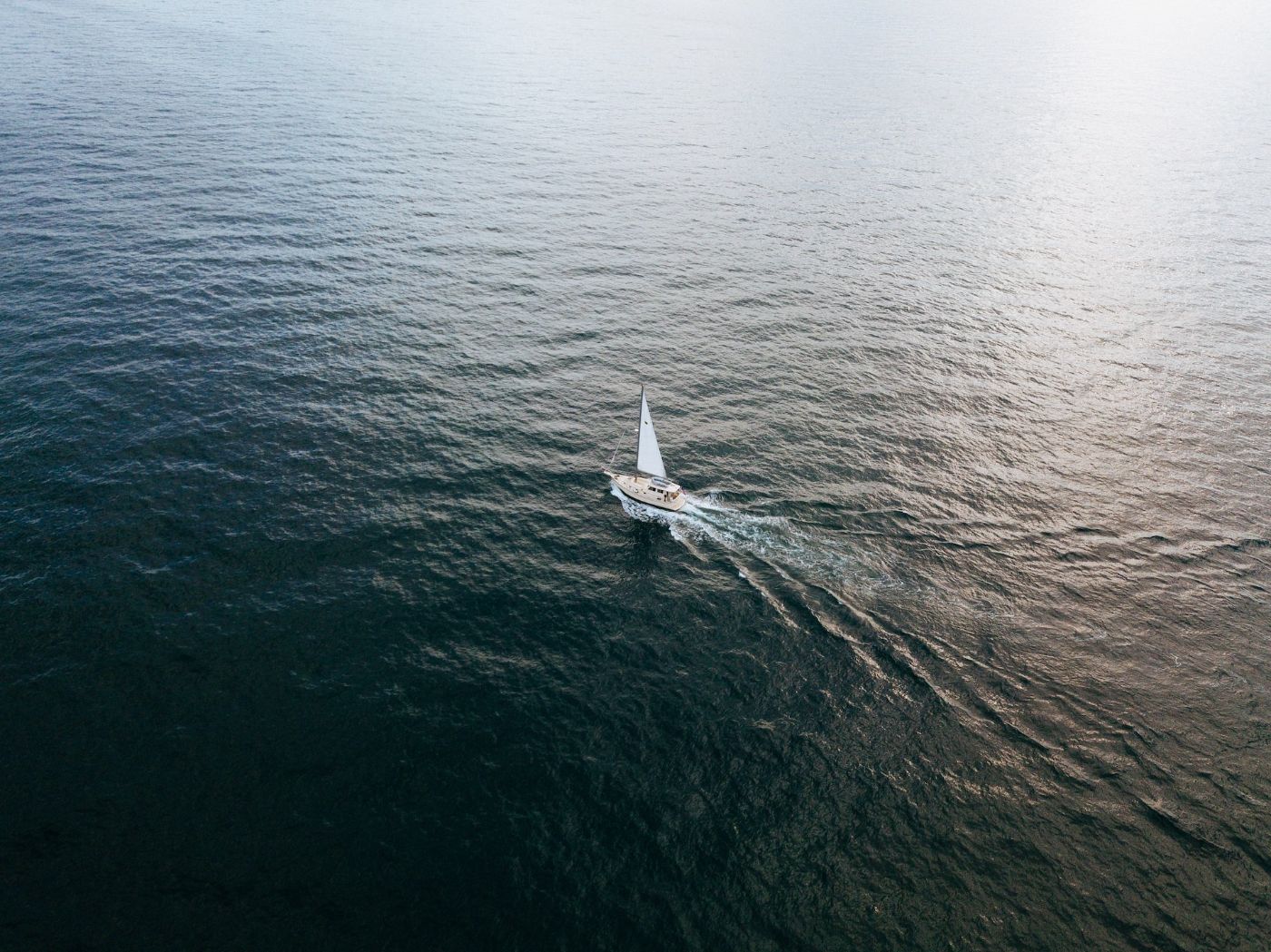
The winged keel design also affects the boat's stability. The lateral wings increase the boat's righting moment, which helps keep the boat upright in heavy winds. However, the wings also increase the boat's leeway, which is the sideways movement of the boat caused by the wind. You can see more pros and cons of wing keel in this article.
The winged keel design requires careful consideration of the boat's center of gravity. The wings increase the boat's wet surface, which can affect the boat's speed and efficiency. The boat's ballast must be carefully positioned to balance the added weight of the wings.
Winged Keels Vs. Other Types Of Keels
| Keel type | Wing keel compared to... | Advantages of wing keel | Disadvantages of wing keel |
|---|---|---|---|
| Full keel | Wing keel has wings on the sides of the main keel, while full keel runs the entire length of the boat | Wing keel provides additional lift and reduces drag, improving performance in light wind conditions | Full keel provides maximum stability and reduces the tendency to roll in rough seas |
| Fin keel | Wing keel has wings on the sides of the main keel, while fin keel is narrow and deep | Wing keel provides additional lift and reduces drag, improving performance in light wind conditions | Fin keel provides maximum lift and speed, ideal for racing sailboats |
| Bulb keel | Wing keel has wings on the sides of the main keel, while bulb keel has a bulb-shaped weight at the bottom | Wing keel provides additional lift and reduces drag, improving performance in light wind conditions | Bulb keel provides additional stability and reduces the tendency to heel over in strong winds |
Comparison between winged keel and fin keel
The winged keel is shaped like a wing, with a curved surface on the top and a flat surface on the bottom. The curved surface on the top of the keel creates lift, while the flat surface on the bottom reduces drag. The winged keel is designed to reduce turbulence in the water, which helps to increase the boat's speed and maneuverability.
A fin keel, on the other hand, is a long, narrow keel that extends deep into the water. The fin keel is designed to provide a large amount of lateral resistance, which helps to keep the boat from sliding sideways when sailing upwind. The fin keel is also designed to reduce drag, which helps to increase the boat's speed.
One advantage of the winged keel over the fin keel is that it can provide better performance in light winds. The winged keel's shape creates lift, which can help to keep the boat moving even in light winds. It can also provide better maneuverability, as the reduced turbulence in the water can make it easier to turn the boat.
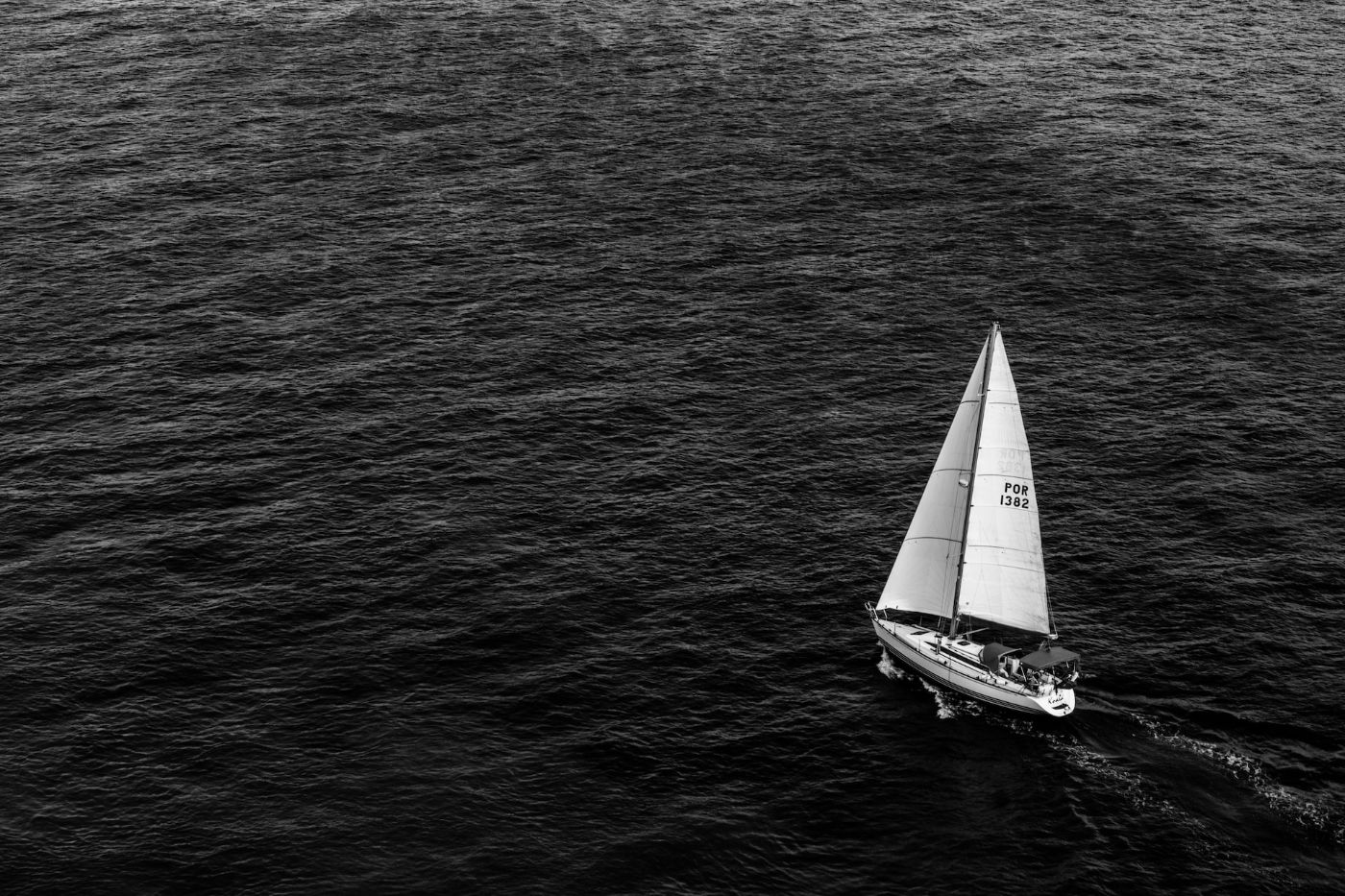
The fin keel, on the other hand, provides better performance in heavy winds. The fin keel's deep draft provides a large amount of lateral resistance, which helps to keep the boat stable in rough water. It can also provide better upwind performance, as it can help prevent the boat from sliding sideways when sailing upwind.
Comparison between winged keel and bulb keel
Aside from shape differences, the winged keel and bulb keel differ also in what they can offer. The winged keel provides better performance in light winds because it is shaped like a wing, with a curved surface on the top and a flat surface on the bottom.
The bulb keel, on the other hand, has a bulb-shaped weight at the bottom of the keel. For this reason, this keel type provides better stability in rough water.
The bulb-shaped weight at the bottom of the keel helps to lower the boat's center of gravity, which increases its stability and reduces the risk of capsizing. The bulb also helps to reduce drag, which improves the boat's speed.
Comparison between winged keel and bulb keel
The full keel and the winged keel are two types of keels used in boats that differ not only in shape but also in function due to their design. The full keel provides lateral resistance and reduces drag, making it stable in rough water and easier to steer.
You can read more about the pros and cons of full keel in this article as compared to fin keel.
The winged keel, on the other hand, creates lift and reduces turbulence, making it better for light winds and maneuverability. The full keel is better for stability, while the winged keel is better for performance in light winds and maneuverability.
The birth of winged keel
Below is a table showing the series of events between 1980 - 1983 that birthed the first-ever wing-keeled boat:
| Year | Event |
|---|---|
| 1980 | Alan Bond challenges the New York Yacht Club's 132-year winning streak in the America's Cup. |
| 1980-1983 | Bond assembles a team of experts, including yacht designer Ben Lexcen, to create an innovative yacht that can beat the Americans. They named their team "Australia II." |
| 1983 | The winged keel, designed by Lexcen, is first fitted on Australia II. |
| 1983 | The New York Yacht Club challenges the legality of the winged keel, but it is deemed legal after extensive testing. |
| 1983 | The final race of the America's Cup is held in Newport, Rhode Island. Australia II, skippered by John Bertrand, wins the race by just 41 seconds, and the winged keel plays a crucial role in their victory. |
The winged keel was first fitted on the 12-metre class yacht, Australia II, the winner of the 1983 America's Cup. The winged keel was designed by Ben Lexcen, a renowned Australian yacht designer, and it played a significant role in Australia II's victory.
The story of the winged keel began in 1980 when Alan Bond, an Australian businessman, decided to challenge the New York Yacht Club's 132-year winning streak in the America's Cup.
Bond assembled a team of experts, including Lexcen, and they began working on a new yacht design that could beat the Americans. They named their team "Australia II" and set out to create an innovative yacht that would change the game.

Lexcen was known for his creative approach to yacht design, and he came up with the idea of the winged keel. The winged keel was a radical departure from traditional yacht design, which used a long, narrow keel to stabilize the boat.
Instead, the winged keel had two horizontal wings attached to the bottom of the keel, which increased the keel's surface area and provided better stability.
The New York Yacht Club challenged the legality of the winged keel, but after extensive testing, it was deemed legal. The final race of America's Cup was held in Newport, Rhode Island, and it was a nail-biting finish. Australia II, skippered by John Bertrand, won the race by just 41 seconds, and the winged keel had played a crucial role in their victory.
Did you find the answer to your specific question?
👍 0 👎 0
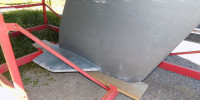
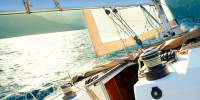

Leave a comment